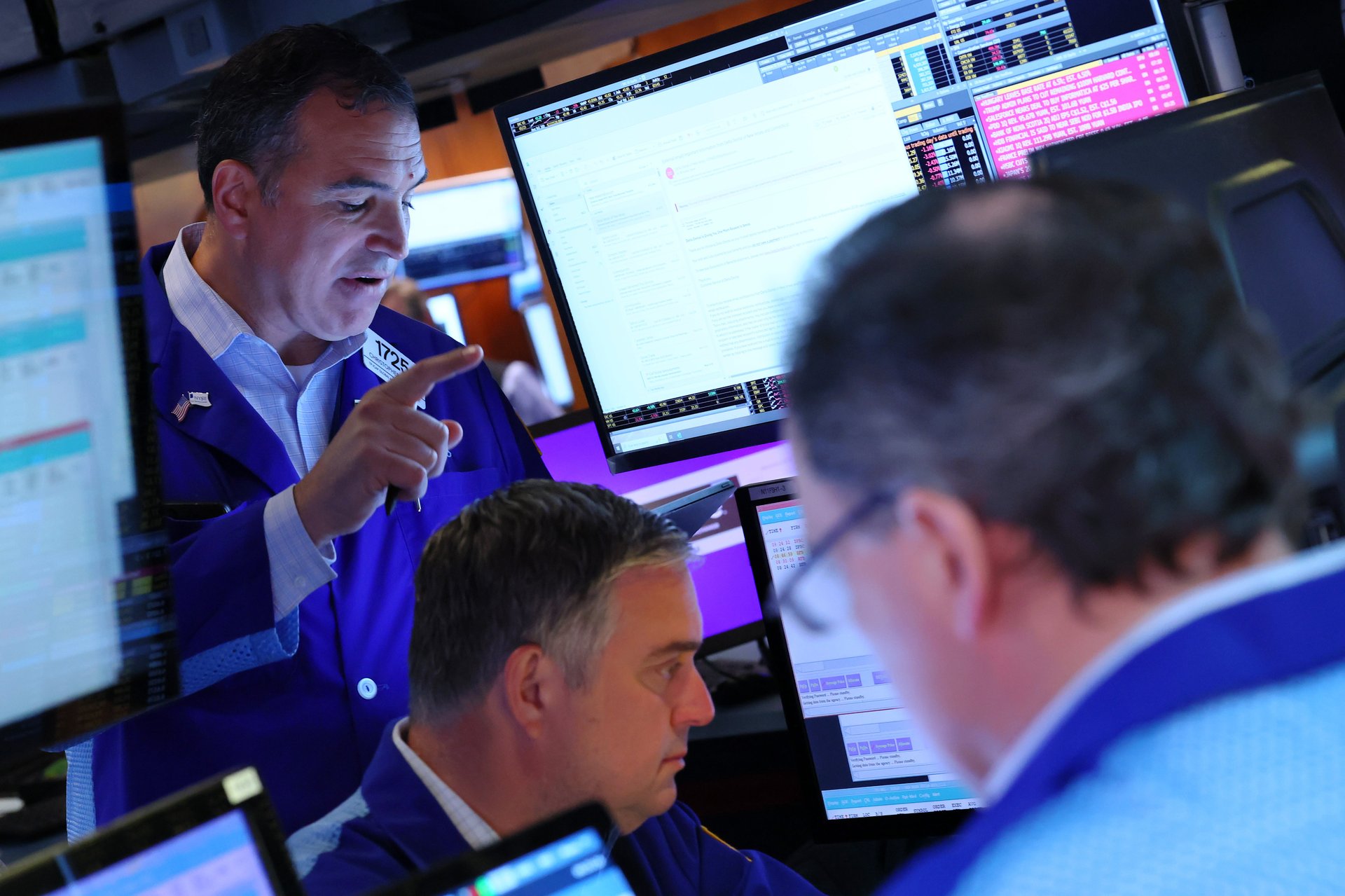The trade war enters a new phase: What to watch over the next 10 days
As fresh GDP numbers hit and a court rules against Trump's tariffs, Wall Street is mapping out the president's options. Here's how the fight could play out

Stocks opened higher Thursday morning after a federal court struck down most of President Donald Trump’s “Liberation Day” tariffs, fueling early optimism that one of 2025’s biggest economic headwinds could be moving into the rearview.
The Nasdaq jumped as much as 1.5% premarket, and the S&P 500 and Dow also posted solid early gains. But in one more demonstration of the whiplash that’s shaped markets in 2025, the rally may already be fading slightly. At market open, all the major indexes stayed in the green, but levels shifted lower.
Behind the moderating enthusiasm? New GDP data from the Commerce Department showed the U.S. economy shrank at a 0.2% annual rate in Q1, marking the first such contraction in three years. An eye-watering 42.6% spike in imports, as companies rushed to front-load supply chains ahead of the tariffs, shaved some 5 percentage points off GDP growth. Consumer spending also slowed sharply, and government spending fell at the fastest rate since 2022.
The data comes from the Bureau of Economic Analysis’ second estimate of first-quarter GDP, a regularly scheduled revision that incorporates more complete economic data than the initial release.
In all, the news formed a sobering and immediate counterweight to investors’ hopes of just hours ago. And in the wake of these developments, the world’s most influential banks are reading the tea leaves, trying to predict the White House’s likeliest next move — legal, economic, and otherwise.
Bankers and traders outline possible next moves
Jefferies (JEF) and Goldman Sachs (GS) both issued memos early Thursday noting that the ruling by the U.S. Court of International Trade applies narrowly to tariffs imposed under the 1977 International Emergency Economic Powers Act. Tariffs based on other authorities — like sections 301, 232, and 122 — remain untouched.
“I don’t think this means Trump’s tariff wars are over just yet as this ruling seems to be only on one component of the tariffs out of the many that were invoked,” an analyst at Jeffries wrote.
Goldman likewise outlined a roadmap for how the White House could reimpose tariffs under different statutes, including launching new Section 301 investigations or replacing the 10% baseline tariff with a 15% one under Section 122, which allows short-term levies in response to balance of payments threats. On way or another, “we expect the Trump administration will find other ways to impose tariffs,” Goldman wrote.
So what is the White House’s likeliest next move, and what are markets likely to do? What’s the immediate legal timeline?
What’s likely to happen over the next 10 days
To recap: On Wednesday evening, the Court issued a permanent injunction against IEEPA-based tariffs.
- This means that, over the next 10 days, the administration must suspend tariff collection and comply unless the Federal Circuit grants a stay.
- The Trump administration immediately filed a notice of appeal, triggering what could become a drawn-out legal fight.
- If the Federal Circuit upholds the lower court’s ruling, the administration could petition the U.S. Supreme Court, though it’s unclear whether the justices would take the case or let the appellate decision stand.
Until then, the 10-day clock is ticking — and the White House is under pressure to find other legal paths to restore its trade agenda. In turn, major trading partners are likely to adopt a “wait and see” approach, assuming they had not done so already.